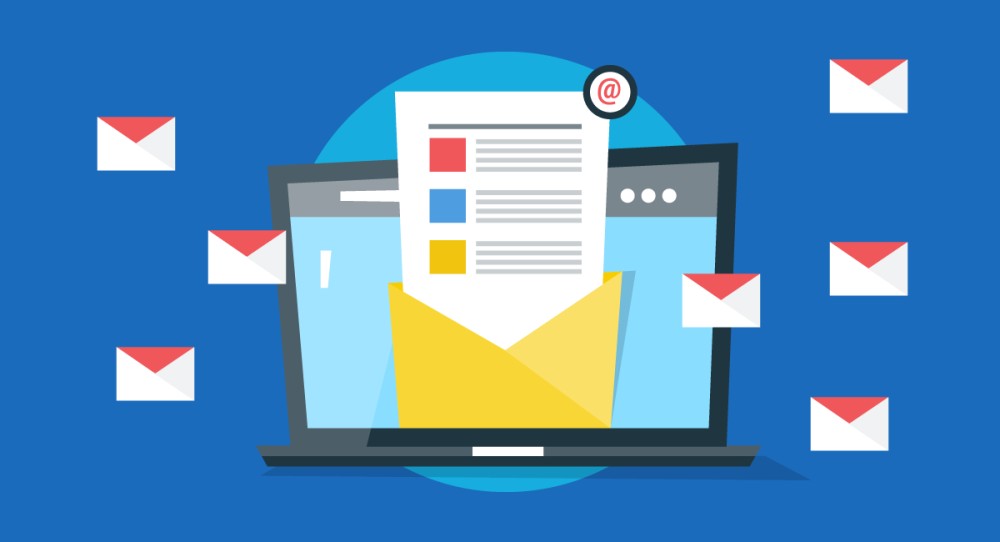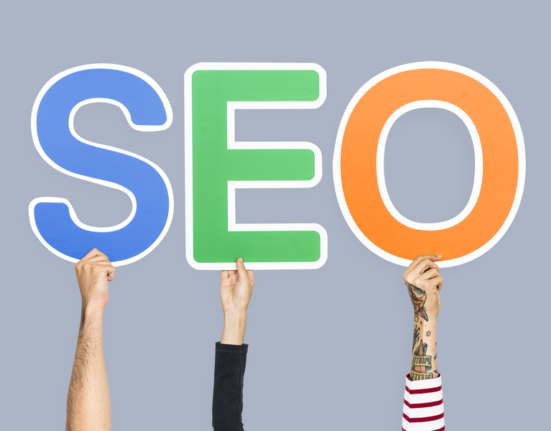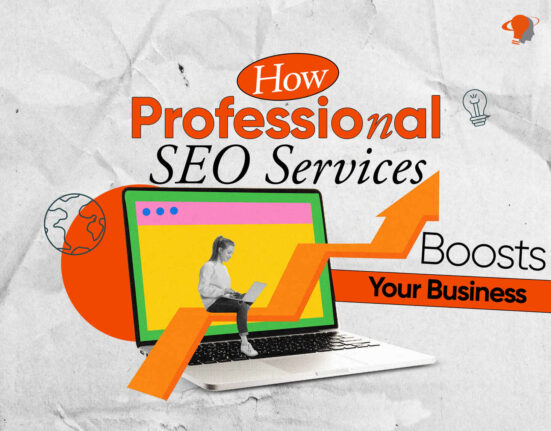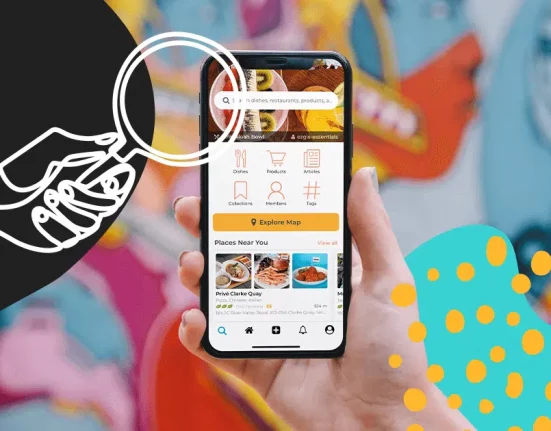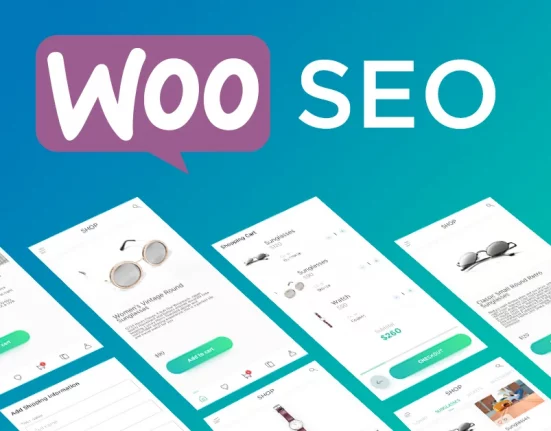Email marketing is difficult to pull off because you only get one chance to prove yourself to the reader for them to take you seriously. A large part of that concerns the design language you use in your emails. Does your email stand out? Is it visually appealing? Does it creatively target customer pain points? Read on to find the answers to all such questions.
Email marketing should be at the core of your marketing mix. However, most people assume it’s become obsolete, and they don’t bother including it in their marketing mix. That’s far from true. The truth is they don’t know how to harness its full power. Email marketing is challenging to pull off for two simple reasons. First, you have limited real estate to convey your marketing messages, and second, you don’t know what kind of email design language would maximize your online visibility. In this blog, we’ll discuss some of the most important email design tips to keep in mind when launching a campaign.
Make your emails mobile-friendly
Many email marketers forget to optimize their emails for mobile phones. Most people check their emails on their phones. This is particularly important if you embed graphics, visuals, and posters in your emails. Their dimensions would appear distorted on a phone if not appropriately optimized — avoid that at all costs, as it gives a highly unprofessional impression.
To make sure everything’s prim and proper, use appropriately large text and only embed images that add value to your marketing message. You’ve got limited real estate to work with, so everything on your email should be contributing to something. The best way is to pre-plan your email’s structure so you don’t have to improvise.
Structure your email
The next most important thing is your email structure. If you’re going for a pure text format, which we don’t recommend, ensure that your paragraphs aren’t longer than 2 lines if viewed on the phone. Otherwise, no one would read your email. Next, place some visuals between paragraphs, so the email looks dynamic. You could even insert some GIFs to make it more interesting.
Be particular about the overall alignment and margins of the email so that all the elements are neatly arranged. We suggest using the non-text format and just going with a dynamic poster. You can also use an online graphic design tool like PosterMyWall, which has dozens of pre-built email design templates. Just pick the one you like, edit it to your taste, and you’re done!
Stay true to your brand
While it’s important to make your email dynamic and stand out, you should do this within the parameters of staying true to your brand identity. What does that mean? Use fonts and colors similar to your company’s logo. The background color should not be too standout-ish but not too dull either.
When choosing the overall design of your email, think about how your customers perceive you. Are you a luxury brand? Or an affordable one? It all depends on how you position yourself in the industry and what distinguishes you from the competition. Focus on your USPs to stay true to your brand image.
The tone you use in your email should be consistent with your brand voice in other marketing avenues, such as your blog posts and social media content. For instance, if you have an upbeat tone, stay true to that — consistency is everything.
Subject lines are everything
An email’s subject line is the doorway. If you don’t decorate it and make it welcoming for the reader, most recipients will toss your email into their trash folders. How many sales emails have you opened that had a boring subject line? None, we bet. That’s why your subject line should be compelling, and creative, and must offer something valuable to the readers.
Limit your subject lines to 40 or 50 characters, as it’ll go unread if it’s too long. That’s too few words to get your message across, which is why perfect emails are so hard to come by. Take your time and craft the perfect subject line for your emails. Not to mention, they’ll vary depending on which audience segment you’re sending an email to. Focus on maximizing personalization to get the best results.
Here are some tips to remember when crafting a potent subject line:
- Use as few words as possible — less is definitely more here, and make every word count
- Offer value to your potential customers. Give them the incentive to open your email
- Tell the reader beforehand what the email contains. Never mislead them into opening your email
Don’t hide the “unsubscribe” button
Most marketers make the grave mistake of hiding the “unsubscribe” button, which lets recipients opt-out from receiving your emails. The #1 rule of email marketing is that it doesn’t work if you shove it down someone’s throat. If someone wants to unsubscribe, let them — your emails should never be perceived as spam, and the “unsubscribe” button helps avoid that.
Since your recipients have the option to unsubscribe to your emails, the pressure is on you. It actually helps you give in your best and produce the best emails because you fear you’ll shrink your subscriber list if you’re not atop your game. Plus, the unsubscribe button filters out people. You don’t necessarily want people who aren’t potential customers in your subscriber list.
Segment your audience and personalize your emails
You don’t have to worry about people unsubscribing from your emails if you personalize them and tailor them to their interests. To do that, you must first carry out market segmentation to understand the various shades in your target audience. No business has a singular target audience. For example, if you’re a luxury apparel brand, some products would be popular among Gen Z customers, whereas another product line would be popular among boomers.
Once that’s done, you can pick a specific pre-built email design for each audience segment. Make sure the design represents the preferences of each segment. For instance, if you’re a luxury apparel store and want to email the audience segment interested in your most premium product line, your email design should be more minimalist and appear luxurious.
CTAs make sales
Having call-to-action (CTA) buttons spread throughout your email is crucial, but don’t overdo them; otherwise, you’ll appear needlessly sales-y. The entire purpose of a CTA is to remove obstacles from the customer’s purchase path by bringing your business to their doorstep instead of them having to make all the effort.
For example, if you’re running a 25% discount on a specific product line, a CTA button would read, “Get your favorite product at 25% off!” Hyperlink the CTA to the specific landing page on your website (your discount page, not your website homepage). That way, the recipient can easily check your product discounts with a click instead of opening and scrolling through your website to find the information they need.
Make the CTA buttons large so that they stand out. Be specific, they’re not subject lines, and you have far less leeway to get creative. However, we still recommend you get a bit creative so that the CTAs don’t sound monotonous.
Insert a QR code
If you want to kick it up a notch, insert a QR code at the bottom of your email and explain where it leads to. This is a great way to make your site’s specific landing page easily accessible to anyone with just a scan from their smartphone camera. For instance, if you’re promoting a limited-time discount, your QR code can lead the recipient to the specific discount page on your website.
QR codes also let you understand the behavior of your target audience. For example, you can see how many users have accessed your email via various operating systems, such as iOS or Android. Also, a QR code lets you encode multimedia content so that you can redirect recipients to your YouTube videos or other multimedia content.
A final piece of advice
After working with several businesses across various industries, we’ve come to the conclusion that there’s no universal email marketing strategy that works for everyone. Even two businesses in the same industry can be starkly different. They may have different USPs and target audiences. Therefore, you must experiment with a number of strategies, tailor them to your specific needs, and find out which ones work best for you.
Remember to rigorously test your email campaign. Send out multiple emails to each audience segment and determine which one increased sales or traffic to your website the most. A/B testing is a must-have before rolling out your email campaign in full force.

